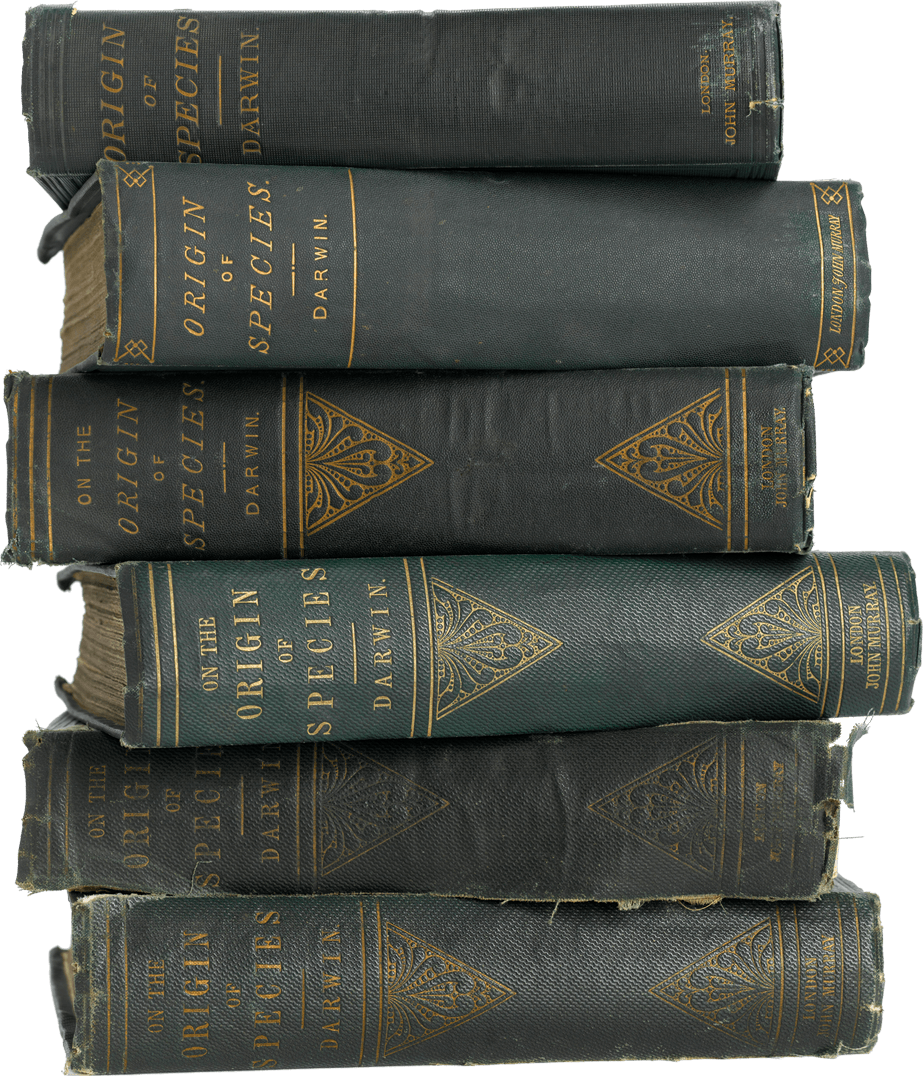Charles Darwin and Natual Selection
Charles Darwin was an English naturalist. In 1831, at the age of 22, he graduated from Cambridge University and set sail around the world for five years on a ship named HMS Beagle.Observations lead to findings
As the Beagle’s naturalist, Darwin made many notes about the wildlife and environments he saw. He also collected thousands of species, which he brought home to the United Kingdom. Darwin spent five weeks in Galapagos. He observed many plants and animals which were different to the species found on the mainland of South America.
The Beagle voyage returned to England in 1836 and Darwin spent the next 20 years working on his theory of evolution. His observations of the wildlife of the Galapagos (alongside his observations of wildlife elsewhere), led to his theory of evolution, which was published in his book ‘On the Origin of Species by Means of Natural Selection‘.
Evolution through the struggle of life
Darwin’s theory of ‘evolution by natural selection’ relies on variation among individual animals or plants of the same species. The best adapted individuals will survive the ‘struggle of life’ and will pass their successful characteristics onto their offspring. The inheritance of physical characteristics able to cope with the ‘struggle of life’ is referred to as ‘natural selection’.
Extinction can occur as a result of natural selection. Animals and plants poorly adapted to their environment may not survive and reproduce. Their species populations will decline and they may eventually become extinct and be replaced by species which are better suited to the environment.

